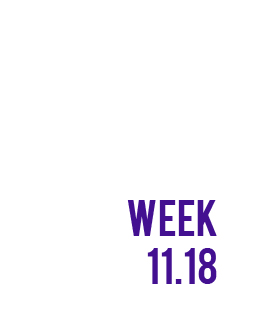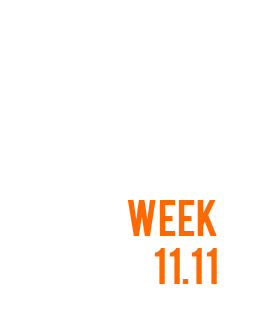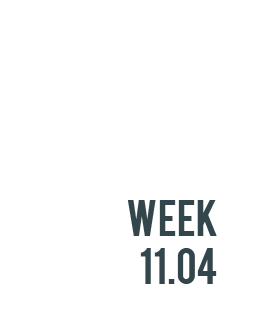
Here’s what the sports science team at IMeasureU is reading this week:
The first item this week comes from Shona Halson, Associate Professor in the School of Behavioural and Health Sciences, at Australian Catholic University (ACU). In this video, Jaime from the IMU sports science team speak to Shona about the recovery department at the SPRINT research centre and the latest in sleep science as well as what the future holds for this department.
The second article in this week’s list comes from Johan Lahti and colleagues in the BMJ Open Sport & Exercise Medicine journal. The study aimed to determine if a specific multifactorial and individualised programme can reduce the occurrence of hamstring muscle injury (HMI) in a professional football setting. The strength of this study is its potential for direct practical implementation in teams with varying resources and budgets. We expect that reaching appropriate compliance is one of the greatest challenges facing this project.
The final article comes from Irineu Loturco and colleagues in the Biology of Sport journal. The authors examined examined the relationships among linear speed, vertical jumping ability and curve sprint (CS) performance and the correlations between linear and curvilinear sprint velocities and curved sprint deficit were tested. The authors found that the CS deficit was negatively associated with the CS good side performance. Linear sprint and CS velocities for both good and weak sides were closely related. The CS deficit was only related to the CS weak side performance, and the vertical jumping ability was significantly associated with both linear and curvilinear sprint velocities. The present results suggest that training methods capable of improving linear sprint and vertical jumping abilities may also improve CS performance.
For more sports science check out our blog for in-depth case studies and industry updates. Also, be sure to sign up for our newsletter below so you are always up to date with the latest research.




